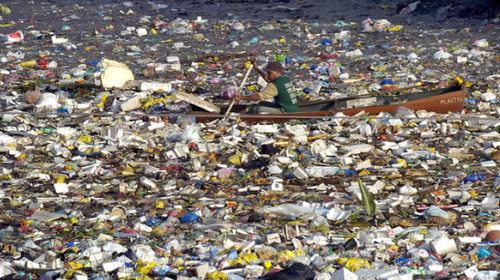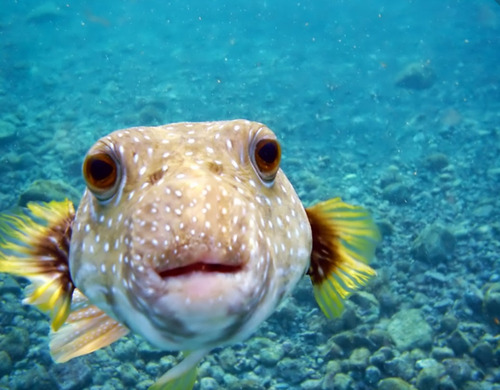08
Jun
Celebrating Our Oceans on World Oceans Day
Our oceans cover 71 percent of the Earth’s surface and contain 97 percent of the planet’s water, yet less than 1 percent of the Earth’s water is fresh water and only 6 percent is drinkable. Today, as we celebrate our oceans, communities participate by attending events to raise awareness on World Oceans Day.
Following decades of burning fossil fuels, combined with the continued clear cutting of forests, we must shift our focus to the impacts from billions of tons of CO2 that are emitted annually. Unlike the role of trees in carbon sequestration, the ocean’s role as carbon sinks absorbing about 2 billion metric tons of carbon annually is a lesser known benefit of the oceans.
Facts and Figures Courtesy of NOAA
• Oceans cover three-quarters of the Earth’s surface, contain 97 percent of the Earth’s water and represent 99 percent of the living space on the planet by volume.
• Oceans absorb about 30 percent of carbon dioxide produced by humans, buffering the impacts of global warming.
• Oceans contain nearly 200,000 identified species, but actual numbers may lie in the millions.
• Marine fisheries directly or indirectly employ over 200 million people.
• As much as 40 percent of the world oceans are heavily affected by human activities, including pollution, depleted fisheries and loss of coastal habitats.
Issues Facing Our Oceans:
One metric used to provide a snapshot of the trash filling our oceans is the Ocean Trash Index. By learning what is polluting our oceans, we can take action to prevent specific items from reaching the water in the first place.

According to the EPA, over 380 billion plastic bags are used annually in the U.S. Of these, approximately 100 billion are plastic shopping bags, requiring at least 12 million barrels of oil to be manufactured that are disposed of annually. These bags and other plastics contribute to the increasing acidification of our oceans. Acidification results from an excess of carbon dioxide in the atmosphere that increases the sea acidity as it reacts with seawater to form carbonic acid - also known as “the other CO2 problem.” In addition to combating pollution, every ton of CO2 the oceans remove from the atmosphere also contributes to the oceans increasing acidity.
A 2013 study claimed acidity was increasing at a rate 10 times faster than in any of the evolutionary crises in the earth’s history.
“surface waters are changing much more rapidly than initial calculations have suggested. It’s yet another reason to be very seriously concerned about the amount of carbon dioxide that is in the atmosphere now and the additional amount we continue to put out.”
- Jane Lubchenco, head of the U.S. National Oceanic and Atmospheric Administration
How We Can Help:
The carcass of an albatross full of colorful plastics and sea turtles deformed by 6-pack plastic are familiar images of pollution’s effects on marine creatures. While there is no simple solution, taking steps to change our behaviors including incorporating reusable shopping bags, while reducing and repurposing are important steps. In addition to the 3 R’s and daily efforts to make a difference, communities can participate by joining local beach cleanups held annually around the U.S. by various organizations. This year, the International Coastal Cleanup is scheduled on September 20, 2014.

dakotapuma liked this
alata-saviv reblogged this from tradepal
tradepal posted this

